

Inglewood High School is the pilot school for an energy conservation and generation project running from July 2007 until July 2008. The project is funded by Venture Taranaki, The Ministry for the ...
READ MORE

An inquiry approach is a method often used in science education. The question bank provides an initial list of questions about exploring our energy options and places where their answers can be ...
READ MORE

Exploring our energy options - the Sun is the origin for most of our energy sources. Humans have relied on fossil fuels in the past, but what will fuel our energy needs in the future? This ...
READ MORE

In this activity, students explore sunlight being converted into electricity. They are introduced to the concept of photovoltaics – making electricity from sunlight. They will become aware of ...
READ MORE

In this activity, students are introduced to the concept of harnessing the Sun’s energy for our use on Earth. They will appreciate that the early Māori were also thinking about the Sun in ...
READ MORE

In this activity, students use a plastic soda bottle to make and test the temperature of a bottle ‘greenhouse’ and demonstrate how light energy is transformed into heat energy. By the end of this ...
READ MORE
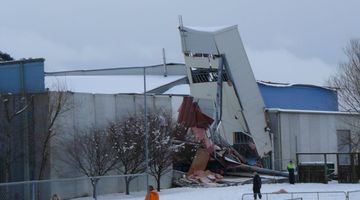
Large snow events in most parts of New Zealand are uncommon. However, if you are in the South Island or the central North Island, this citizen science project could be a great one for your ...
READ MORE

This citizen science project wants your assistance to extract information from various climate scientific graphics to help combat misinformation and support scientific communication. Using this ...
READ MORE
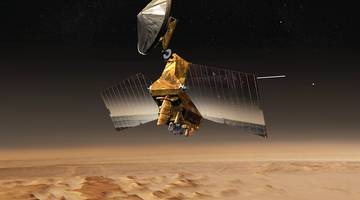
The Planet Four online citizen science project is designed to assist planetary scientists to identify and measure features on the surface of Mars that don’t exist on Earth. Help is needed to ...
READ MORE

Long ago, according to the legend of Māui, the Sun was the focus of attention. People wanted more daylight and warmth to get their jobs done. Māui schemed to harness the Sun. Rights: Tim Tripp ...
READ MORE
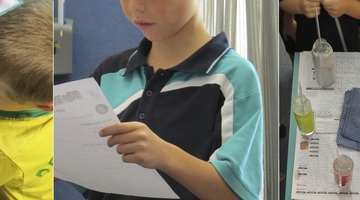
In the primary classroom, even though teachers and students generally spend the day together, it cannot be assumed that students will experience their learning as coherent, connected or ...
READ MORE
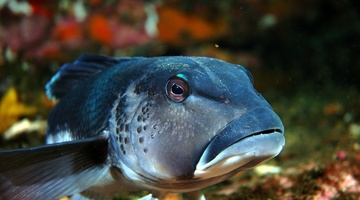
There are many marine classroom activities and resources on the Science Learning Hub useful for Seaweek 2015. This online PD session recorded on 19 February 2015 shows primary and secondary ...
READ MORE
Dr Peyman Zawar-Reza, from the University of Canterbury, explains how scientists can help energy companies to predict which areas they should target for further exploration and use for energy ...
READ MORE
Peter Hall from Scion discusses how waste wood can be used as an energy resource. The forestry industry already uses some of its waste wood to produce heat and steam. Sawdust and wood shavings ...
READ MORE
Peter Hall from Scion explains that residual biomass is material created as a byproduct from making something else. Residual biomass is a term that is used to describe waste products from biomass ...
READ MORE
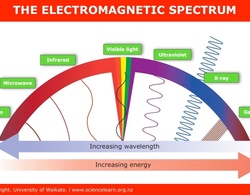
This interactive looks at the electromagnetic spectrum. To use this interactive, move your mouse or finger over any of the labelled boxes and select to obtain more information. Select here for a ...
READ MORE

This timeline lets you see the historical developments in technology related to weather monitoring, measuring and forecasting. It also shows how scientific thinking changed over the centuries as ...
READ MORE

This interactive uses information from Our atmosphere and climate 2023 – an environmental report produced by the Ministry for the Environment and Stats NZ – to present evidence of climate change ...
READ MORE